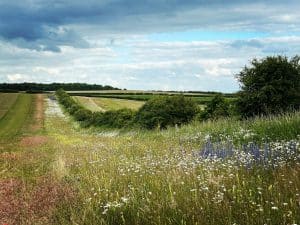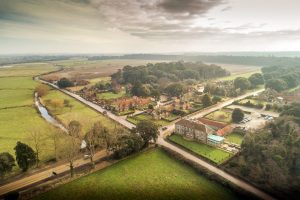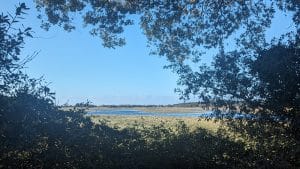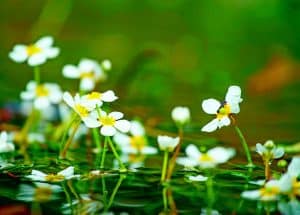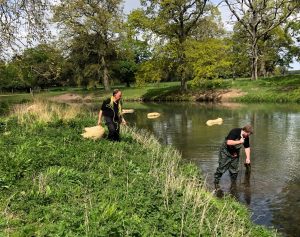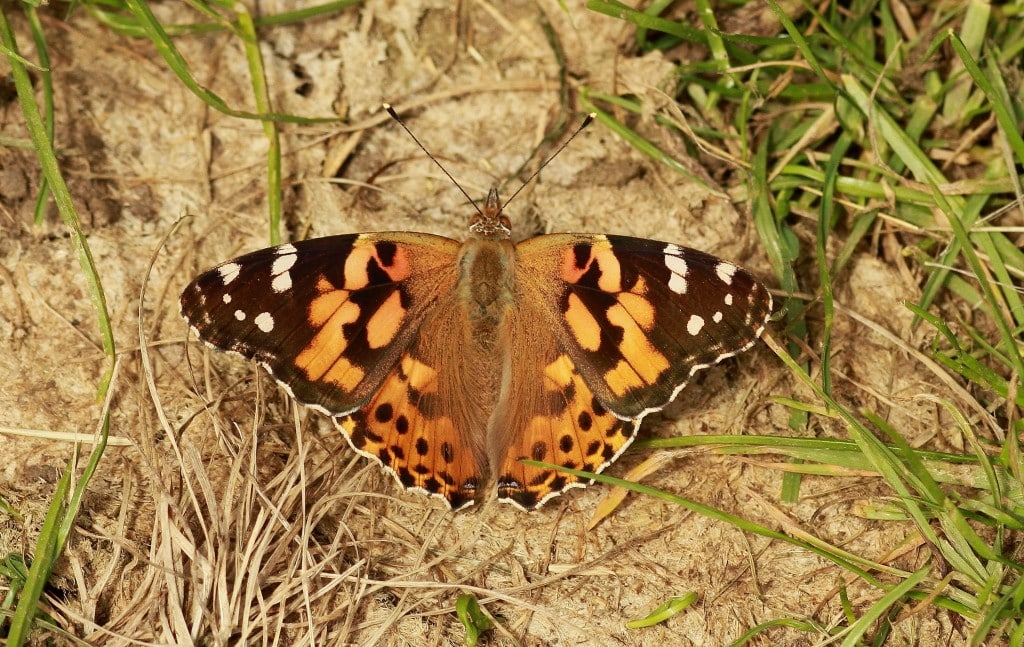
A Winged Invasion
July 17, 2019 | WONDER | 5 minute read

A newly hatched Painted Lady Butterfly
One of the most intriguing events each summer is the arrival of various insects from the Continent. We all have it in our head that birds commonly migrate across oceans, but many people just do not associate insects as being creatures that travel great distances and across the sea. Nothing could be further from the truth; there are some species that habitually arrive here in the UK from overseas whilst others appear from time to time as a reaction to either hot winds blowing from Europe and sometimes even north Africa or a rapid and sudden population explosion. Such movements are often linked to climate change which then leads to more permanent colonization into new areas.
One species that started to arrive in early June and accelerated as the month progressed was the Painted Lady Butterfly. Although they arrive annually from the Continent and breed here, periodically larger ‘invasions’ also occur. Painted Ladies are really interesting in the fact that they regularly undertake a huge migration from within the desert and mountains of North Africa. Given the right conditions, often just a spell of localised rainfall in the desert, it can prompt rapid vegetation growth and maybe the right food plant (which is thistle here in the UK) and then breeding occurs. From here the butterflies start to migrate north through coastal Morocco and Spain before hitting the UK. In some years such as 2009 when some 11 million were estimated to have arrived in the UK, the butterflies have continued north, with some even reaching Iceland. This year’s numbers have not reached those heady heights but there has certainly been more than average to make 2019 a memorable year. One of the biggest concentrations this year was in the Walled Garden on the Estate. Here some 60 were seen festooning one bush. A real blizzard of colour.
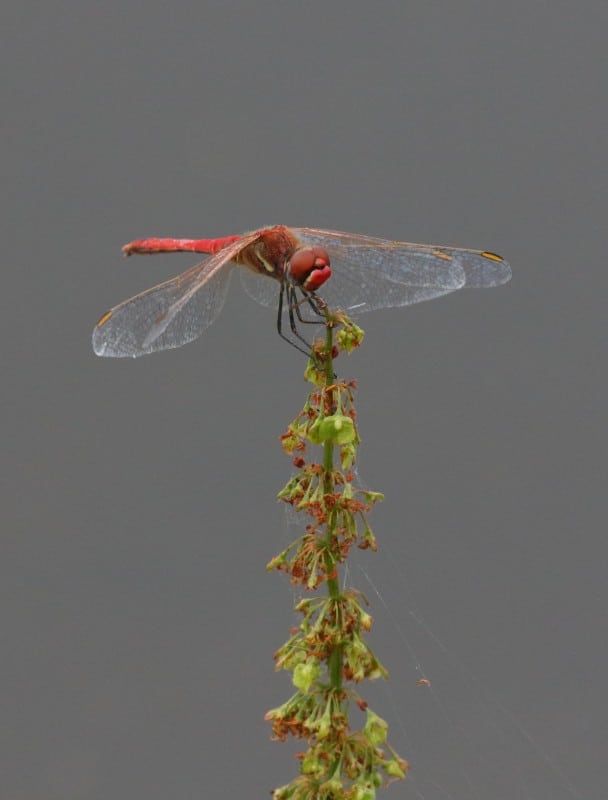
The very colourful Red-veined Darter
Other than butterflies, this year has seen a remarkable influx of unusual dragonflies. These too have arrived from southern Europe and have included species such as Red-veined Darters, Lesser Emperors and the exceptionally rare Vagrant Emperors. Red-veined Darters appear every few years (although more frequently recently) and are a beautiful and startlingly vibrant red colour. The red extends up the veins within their wings (hence their name) and they have striking two toned red and blue eyes. Of the trio of migrants, the Vagrant Emperor is certainly the most unusual. It had been recorded at Holkham only once before and in fact very few times in the UK.
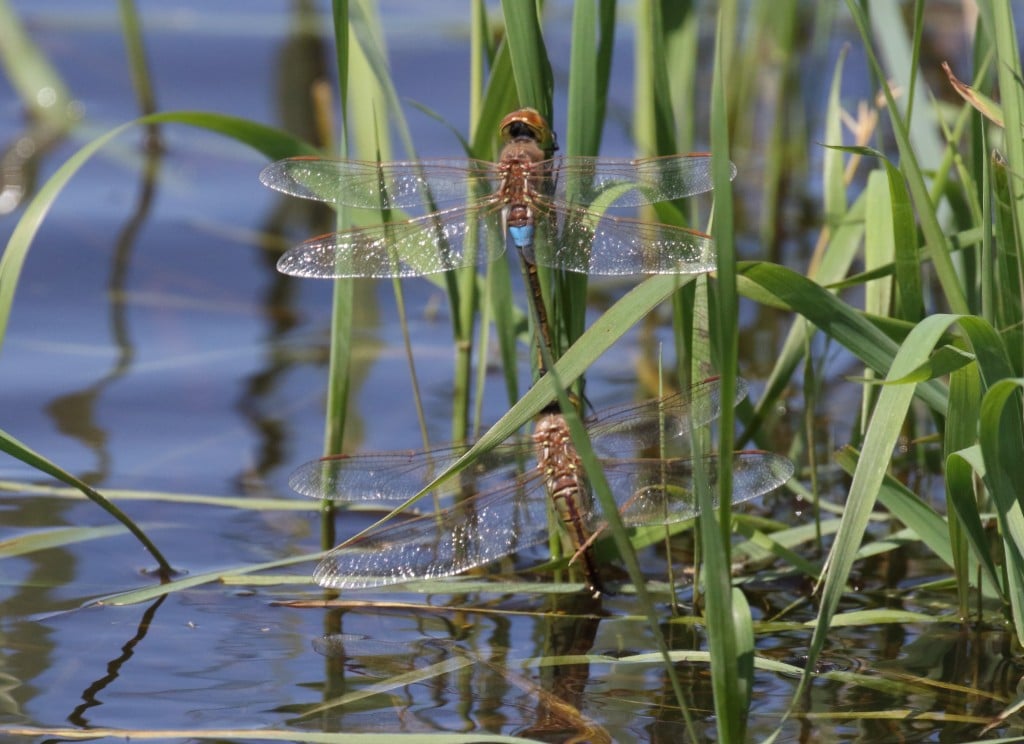
Egg laying Vagrant Emperors, a very rare UK sight.
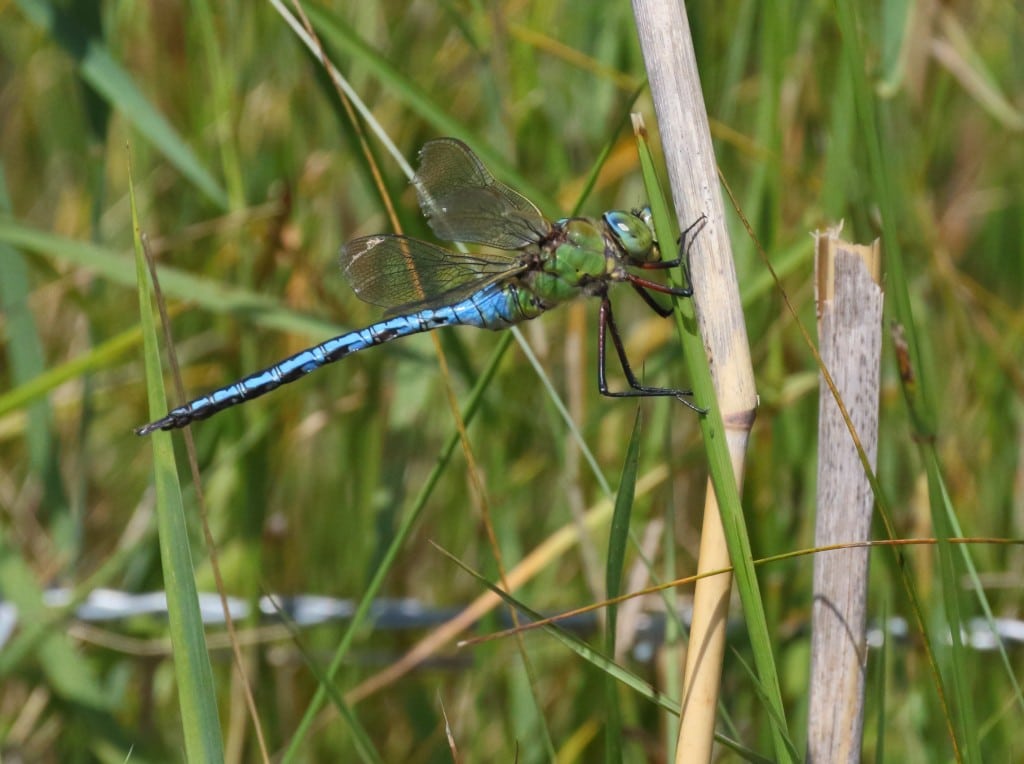
The Emperor Dragonfly, more easily seen and spectacular due to to its large size
This year however we attracted some 30 to a newly flooded field close to Wells. It was an absolute joy to be part of such an amazing and unprecedented invasion of this species, the like that has never been witnessed before. For us working on the reserve the greatest part of the story was flooding the field. Part of a joint recent wetland creation scheme between Natural England and the farmer Mark Harrison, the field had dried out completely in the early spring and all hope of it being good for wildlife had been lost. Yet following the almost biblical amount of rain that fell in mid-June on the whole reserve, we had an enormous surplus of water to ‘lose’. here on the reserve and by diverting our water flow we were then able to flood the field within a week. The fact that it then coincided with a remarkable invasion of dragonflies was even more fortuitous. The number of Vagrant Emperors that were attracted there was almost certainly the most that had ever been seen anywhere ever in the UK. In wildlife terms the old phrase ‘give them water and they will come’ certainly proved be the case on this occasion.
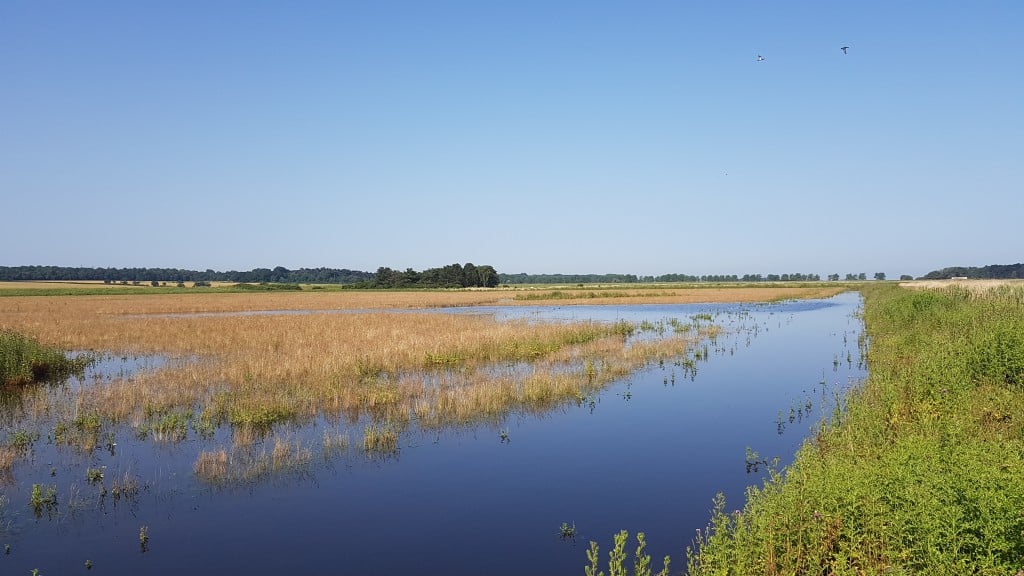
This former arable field close to Wells was flooded after the heavy rainfall of June and instantly attracted impressive numbers of dragonflies
View all latest blog posts here.
Back to Journal Back to Journal